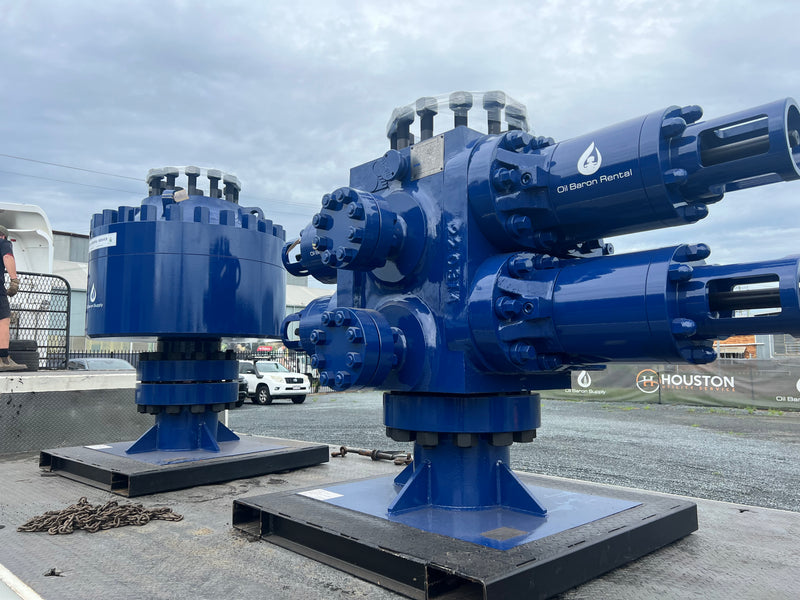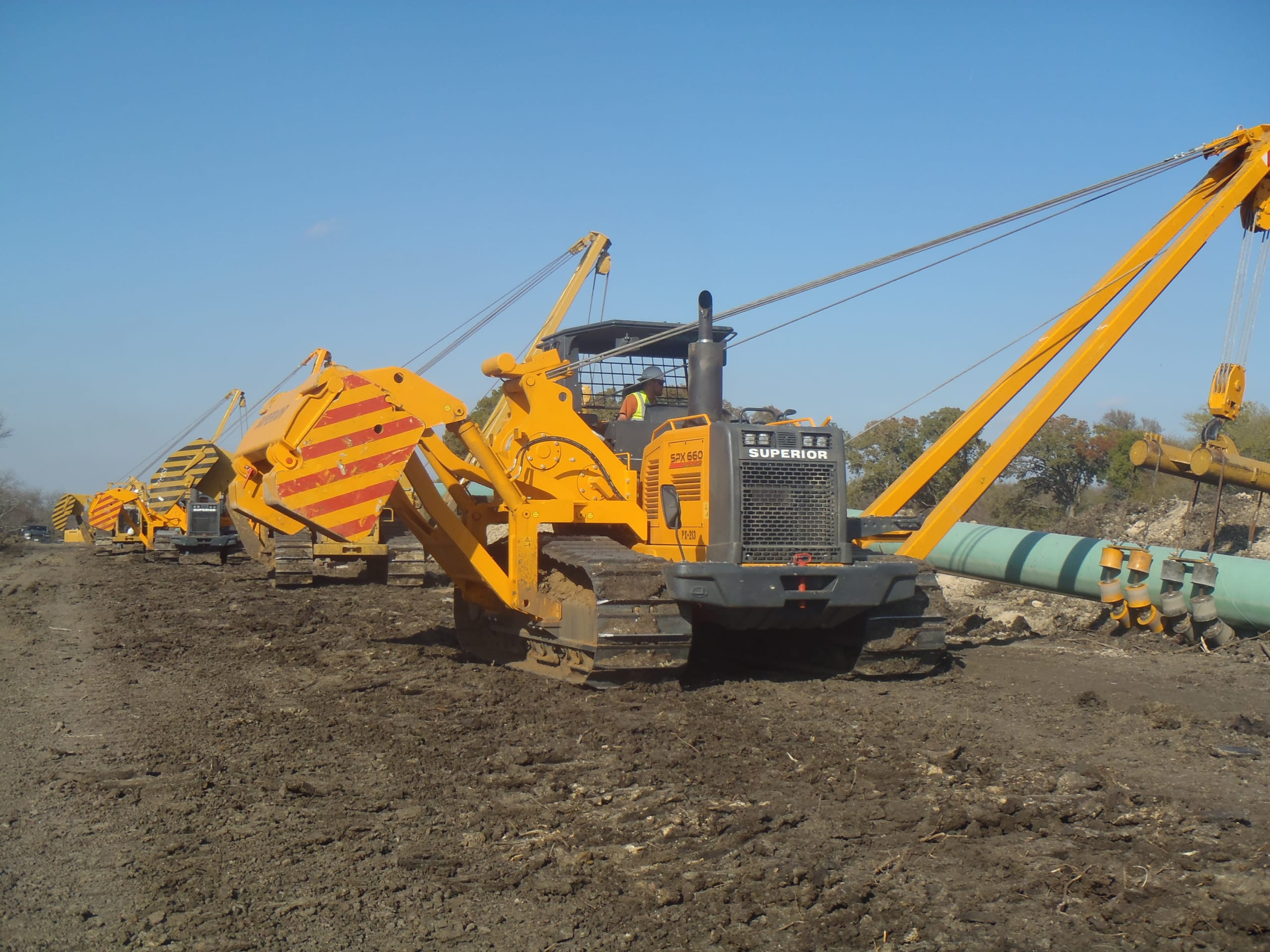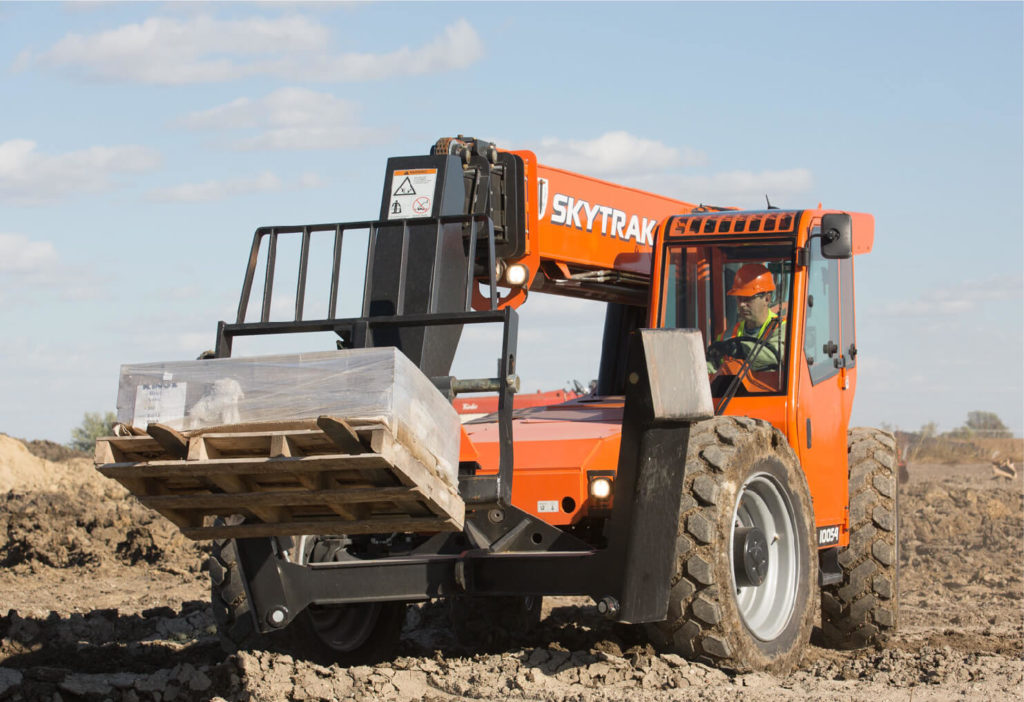A Comprehensive Guide to the Various Types of Oil Field Equipment and Pipeline Equipment Available
The oil and gas industry depends greatly on specialized devices for reliable removal and transport. Numerous kinds of machinery, from drilling rigs to storage space tanks, play crucial duties in this intricate procedure. Each item of tools offers unique features that add to overall operational success. Understanding these components is necessary for any person entailed in the market. As the market evolves, so also do the innovations that support it. What improvements are on the perspective?

Drilling Rigs: The Backbone of Oil Expedition
Drilling rigs work as the essential machinery in the domain name of oil expedition, enabling business to accessibility hydrocarbon books hidden deep beneath the Planet's surface area. These rigs come in numerous kinds, consisting of land rigs, offshore rigs, and mobile devices, each developed to run in certain atmospheres. Equipped with sophisticated modern technology, drilling rigs can permeate geological developments with precision, guaranteeing effective source removal. The structural stability and functional abilities of these rigs are vital, as they must hold up against severe problems and substantial pressures. In addition, the selection of a boring rig influences the general task cost and timeline, making it an essential consideration for oil business seeking to enhance their expedition initiatives and make the most of performance in their operations.
Pumps: Crucial for Liquid Activity
In the oil removal process, the function of pumps is considerable, helping with the movement of fluids throughout various phases of manufacturing. Pumps are necessary for delivering unrefined oil, water, and various other fluids from below ground tanks to the surface and after that via pipelines to refineries. They are available in various kinds, including centrifugal, favorable displacement, and submersible pumps, each offering certain purposes based on the fluid characteristics and functional requirements. Centrifugal pumps are commonly utilized for their effectiveness in high-flow applications, while positive variation pumps stand out in dealing with viscous fluids. The option of pump impacts total effectiveness, operational safety and security, and maintenance prices. Appropriate selection and upkeep of pumps are important for optimizing manufacturing and reducing downtime in oil area operations.
Valves: Controlling Circulation and Pressure

Valves play an essential function in handling the circulation and stress of fluids within oil fields and pipes. Various sorts of shutoffs offer distinct applications, each developed to accomplish specific features fundamental for effective procedure - Superior Oilfield Rentals Texas. Comprehending the features and uses these shutoffs is crucial for maximizing system efficiency and security
Kinds of Valves
Important elements in oil field operations, valves play a critical duty in regulating the circulation and stress of liquids within pipes and tools. Numerous kinds of shutoffs are used to satisfy the varied demands of oil and gas manufacturing. Typical kinds include entrance valves, which offer a straight-line flow and very little pressure drop; globe shutoffs, recognized for their throttling abilities; and sphere shutoffs, recognized for their quick on/off control. In addition, check shutoffs protect against backflow, while butterfly valves offer a light-weight solution for regulating flow. Each shutoff kind is designed with certain materials and arrangements to stand up to the severe problems typically found in oil areas, guaranteeing dependability and performance in operations. Recognizing these types is crucial for effective system monitoring.
Valve Applications and Functions
While various sorts of valves serve distinctive purposes, their key applications focus on controlling circulation and pressure within oil and gas systems. Valves such as gateway, world, and sphere valves control liquid motion, ensuring peak efficiency and safety. Entrance valves are frequently utilized image source for on/off control, giving very little circulation resistance. Globe shutoffs, on the various other hand, offer exact flow why not try this out policy, making them ideal for strangling applications. Ball valves are preferred for their fast procedure and limited securing abilities. Additionally, stress alleviation shutoffs are vital for stopping system overpressure, safeguarding devices honesty. Overall, the suitable option and application of shutoffs enhance operational effectiveness, making certain the dependable transportation of oil and gas via pipes and processing facilities.
Compressors: Enhancing Gas Transportation
Compressors play a critical role in the efficient transport of gas, making certain that it relocates smoothly through pipelines over fars away. These tools enhance the pressure of gas, permitting it to conquer friction and altitude modifications within the pipeline system. Furthermore, compressors promote the harmonizing of supply and demand, accommodating fluctuations in consumption and production rates. Numerous kinds of compressors are used in the market, including centrifugal, reciprocating, and rotary screw compressors, each offering unique advantages based on the operational requirements. Normal upkeep of these compressors is important to maximize performance and minimize downtime, inevitably adding to a trustworthy gas transport network. Their essential feature emphasizes the relevance of compressors in the total oil and gas framework.
Storage Tanks: Safe and Efficient Liquid Management
Reliable transportation of natural gas relies upon numerous supporting systems, among which is the appropriate monitoring of tank. These tanks play a vital role in securely having fluids, ensuring that operational effectiveness is kept while minimizing environmental risks. Built from resilient products, they are created to stand up to high pressures and harsh aspects. Properly sized and purposefully located, storage space tanks promote the smooth flow of gas and other fluids, protecting against bottlenecks in supply chains. Regular upkeep and tracking are vital to detect leakages or architectural issues, advertising security and conformity with regulatory requirements. Ultimately, the efficient monitoring of storage containers is critical for the general integrity and dependability of the oil and gas sector's fluid handling systems.
Pipeline Systems: Infrastructure for Transportation
Pipeline systems special info work as the foundation of the oil and gas industry, facilitating the effective transport of hydrocarbons over vast ranges. These systems consist of different parts, including pipelines, shutoffs, pumps, and compressors, all meticulously created to assure smooth circulation. The materials used in pipeline building, often steel or high-density polyethylene, are selected for toughness and resistance to deterioration. Pipeline networks can cover throughout land and water, linking manufacturing websites to refineries and circulation. In addition, progressed modern technology allows real-time tracking of circulation prices and stress levels, improving operational performance. The critical placement of these pipes lessens environmental influence while making the most of resource accessibility, thus playing a vital duty in conference power needs globally.
Safety Equipment: Guaranteeing Worker and Environmental Security
The procedure of pipeline systems, while necessary for power transport, also presents significant safety and security challenges for workers and the atmosphere. Safety tools plays a substantial function in reducing these threats. Personal safety devices (PPE) such as safety helmets, gloves, and non-slip shoes safeguards workers from physical threats. In addition, gas detection systems monitor for leaks, ensuring that damaging materials do not present a risk to personnel or the bordering ecological community. Emergency situation closure systems are necessary for rapidly halting procedures during a crisis, avoiding potential catastrophes. Spill containment products, including absorbents and barriers, are fundamental for reducing ecological influence. Overall, spending in comprehensive safety devices is vital for preserving functional stability and securing both workers and the atmosphere in the oil and gas sector.

Regularly Asked Questions
Exactly how Do I Select the Right Oil Field Equipment for My Job?
Picking the ideal oil area tools entails evaluating project specs, budget plan restrictions, and functional demands. Think about variables such as tools integrity, compatibility with existing systems, and the distributor's credibility to assure peak performance and safety.
What Are the Upkeep Demands for Oil Field Equipment?
Maintenance needs for oil area equipment consist of routine inspections, lubrication, and prompt repair services. Operators ought to also follow producer guidelines, screen performance metrics, and warranty compliance with safety and security guidelines to enhance long life and efficiency.

How Can I Make Certain Compliance With Environmental Laws?
To assure compliance with ecological regulations, business have to carry out normal audits, implement best practices, invest in training, maintain proper documentation, and stay updated on legislation (Superior Rentals Contact). Cooperation with ecological companies can likewise enhance adherence to regulations
What Is the Average Life-span of Pipeline Equipment?
The ordinary life-span of pipeline devices usually ranges from 20 to 50 years, relying on aspects such as material high quality, environmental conditions, and upkeep techniques. Normal assessments can considerably influence long life and functional effectiveness.
Just how Do I Securely Transfer Oil Field Equipment to Remote Locations?
Carrying oil field tools to remote locations calls for cautious preparation, consisting of path analysis, safeguarding authorizations, making use of ideal lorries, and making certain safety and security methods are adhered to. Correct training and interaction amongst teams are essential for effective transport.